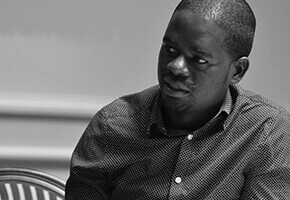Make my
voice heard
The stories we hear shape who we are. The emergence of mass media and social mediamade it possible to influence ideas on a mass scale. Violent extremist movements exploit the power of modern communications to spread their ideas. Whether they are ideologically on the far right, the far left, or root themselves in religion, they affirm an ideal and simplistic message, uncluttered by doubt. In this sense, violent extremism is a denial of diversity and complexity. Those who oppose violent extremism must therefore also communicate, to restore diversity and affirm the complex nature of knowledge and the richness of the world we share.













